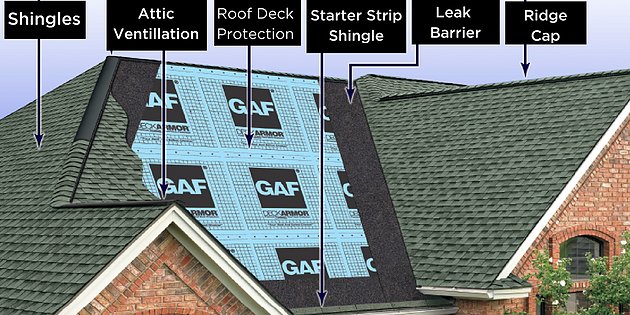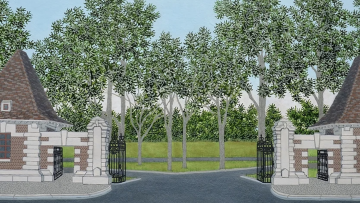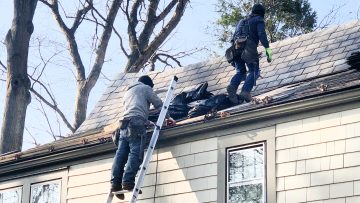
Every home owner should have a general understanding of the roofing codes in their town (see your local town website and find a tab that says building code) as well as the materials and process for installing a well crafted roof that will last a lifetime. The more educated you are the better the outcome.
If you are in the market to buy a home — even better – find out as much information as you can before you finalize the purchase. It’s just like driving a car without knowing the basics about your vehicle. In the long run, an in-depth understanding of your roof system will save you money and time.
The Importance of Roofing Codes
First, there are codes that must be met at the state and local level. For instance, the state allows a new roof to be installed over an older roof. However, a home can not have more than 2 roofs.
To save money, many home owners add a new roof over the existing one when it has worn out its lifespan. However, this i we do not recommend doing this because the new roof may not necessarily be leak proof over an already leaky one. An experienced roofer will know if you have 1 or 2 roofs on your home. If the roof is more than 15 years, you may be looking at a replacement in the next few years.
On a local level, there are town ordinances that also have to be met. These often include ordinances with regard to safety requirements etc. Its a good idea to check these out prior to hiring anyone to do roofing work on your house to ensure they are properly adhering to your town’s zoning laws.
The best way to ensure a good return on your roof investment is to educate yourself about the process and materials. Not every roofer uses the same quality of materials nor do they use as many layers to ensure it is sealed.
Understand the Process and Materials of Your Roof System
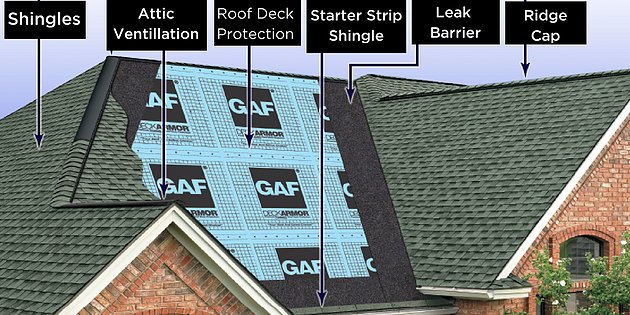
We use the finest and most expensive materials on our new roofs to ensure it will last a lifetime. Its more expensive for us but no other company can match their technology. We typically use 7 components.
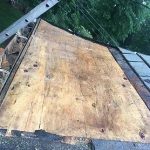

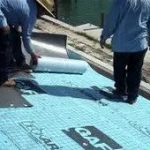
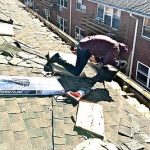

01. The first component (closest to the house) is plywood – known as the Roof Deck. It is critical this layer is properly installed in order to ensure a good barrier against weather conditions. We see a lot of damaged decks due to improper installation.
02. The second layer is the application of a leak barrier which protects the wood against wind driven rain – something we are very familiar with in the Northeast. It is mainly applied to the edge of the roof.
03. After the leak barrier is installed a roof protection layer is installed on the rest of the plywood to protect the wood decking .
04. Next is a layer of starter shingles which are also applied to the edge of the roof over the leak barrier. They protect the roof from shingles blowing off in a severe storm and against ice damning.
05. The covering – the very top layer of the roof. These can be shingles, slate tile, rubber or metal. They should be uniform in the application. Over time they may wear or discolor. If you see signs of wear and tear (even though the roof may not be leaking – call a roofing contractor. A small repair job may be all you need).
06. Where the eaves of a roof meets and there is an attic, an additional layer is applied to ensure the attic is properly vents and so moisture can’t build up.
07. The very top of the roof is the ridge and to make a tight seam special ridge cap shingle are applied which have the necessary curve to properly affix to the ridge.
The more you know about the materials being used and the process, the better your outcome will be. Read about our company policies here.

